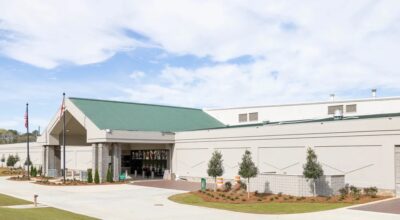Formosan termites threaten county homes
Published 12:14 pm Monday, July 27, 2009
Formosan termites, some of the most dangerous termites in the United States, have recently been repeatedly found in Shelby County.
Greg Gwaltney of Terminix in Pelham said he’s especially seen cases in Pelham and on the Shelby County side of Hoover.
Formosan termites are so dangerous because of their colony size, which can range into the millions.
“Because of the larger colony sizes, they can do more damage in a shorter period of time,” Gwaltney said. “They’re more aggressive than native termites.”
According to the U.S. Department of Agriculture, Formosan termites’ aggressiveness means they are replacing the native species of termites. They are known to infest more than 50 living plant species in most of the Southeast and in Texas, North Carolina, California and Hawaii.
The Formosan termites originated in southeast Asia and came into the United States from military ships docking in places such as New Orleans, Mobile, and Galveston, Texas.
Gwaltney said from there, the termites have migrated north.
He said it’s impossible to completely protect homes from termite infestation.
“People need to know there is no perfect treatment you can do. They should have their homes treated by a company that provides repair coverage for Formosan termites,” he said. “(Formosan termites) can completely destroy houses.”
According to the USDA, Formosan termites cost Americans more than $1 billion per year.
Gwaltney said homeowners insurance likely would not cover termite damage because of the sheer scope of potential damage.
“As far as I understand, homeowners coverage will not cover any kind of termite damage, because termites cause more damage every year than tornadoes, floods, fires and hurricanes combined,” he said.
Gwaltney said the best way to know if you have a Formosan termite infestation — or any kind of termite infestation — is to call in a pest control professional.
TERMITE TIPS
Tips to prevent termite infestation:
*Eliminate areas of excessive moisture in yards.
*Don’t use any kind of ornaments made of wood outside.
*Reduce or eliminate water sources, such as leaky pipes and roofs.
*Remove any wood and debris in contact with the soil, like wood trellises.
*Replace damaged sills and floors.
*Seal cracks in concrete and other structural materials.
— Tips are from Greg Gwaltney and the USDA.









